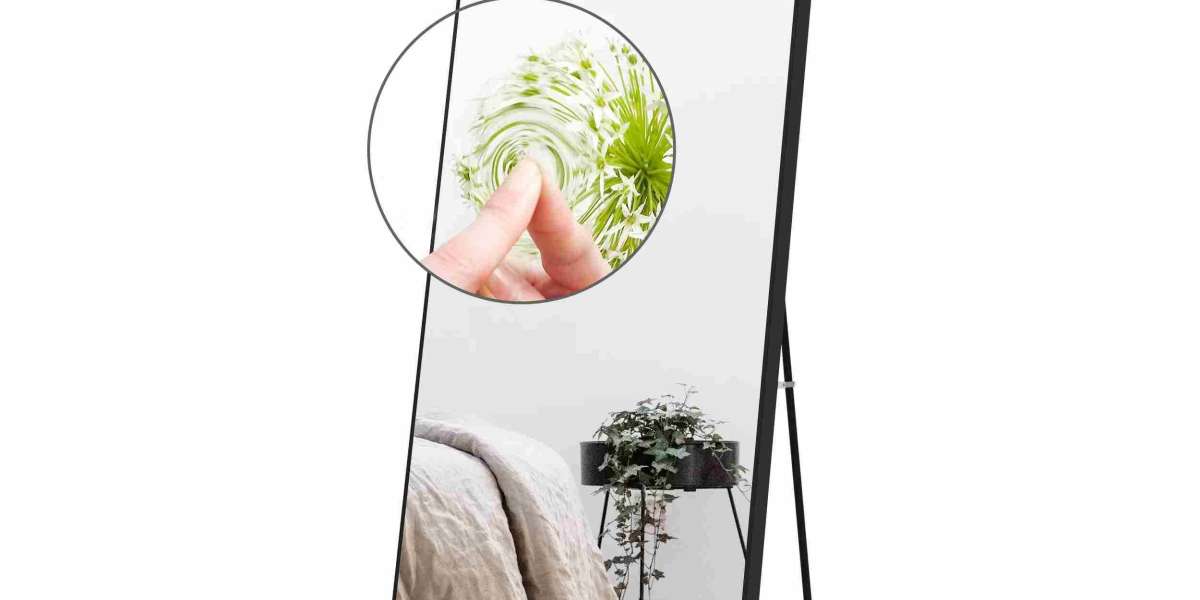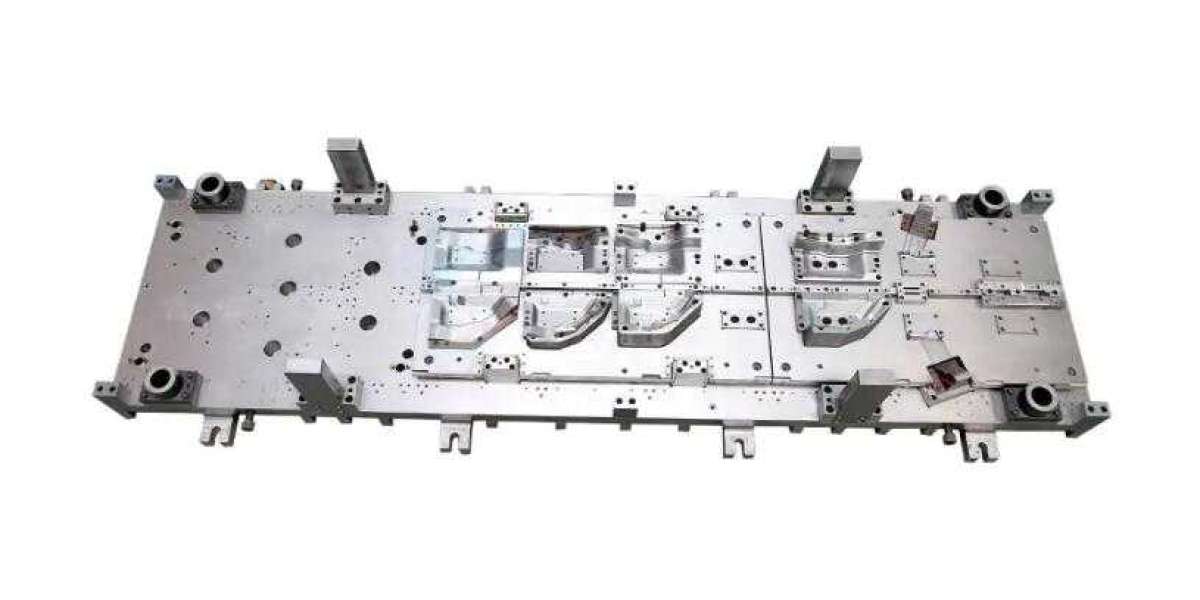1. The origin of the mirror
The mirror is an indispensable tool for people's daily life to look at the face and face. It has been popular for thousands of years. From the ancient times, it only used (jian) water to look at the face. Due to the inconvenience of use, it was later developed into cast bronze. Mirror, the earliest bronze mirror discovered by Chinese archaeology is more than 4,000 years ago in the Qijia culture era. Its history is earlier than that of the Bronze Age. Before the Yin, Shang and Western Zhou Dynasty, bronze mirrors were special tools for royal family members and senior nobles. The common people did not have the chance to enjoy it. During the Spring and Autumn Period and the Warring States Period, ordinary nobles could use it. Since the Qin and Han dynasties, it has become a daily utensil for ordinary people. Therefore, the bronze mirrors we see are all from the Ming and Qing Dynasties in the Warring States Period, and later replaced by glass mirrors.

2. The development history of mirrors in Europe
In ancient Greece and Rome in Europe, a slightly protruding polished metal plate was also used as a mirror. The non-reflective side was engraved with patterns. The earliest mirror was a hand mirror with a handle. Large mirrors for the whole body. In the Middle Ages, hand mirrors were popular in Europe. They were usually silver or polished bronze mirrors. In the Middle Ages, small mirrors contained in exquisite ivory boxes or precious metal boxes became women's carry-on mirrors. carry items. Metal-coated glass mirrors appeared at the turn of the 12th and 13th centuries, and by the Renaissance, Nuremberg and Venice had become famous mirror-making centers. At the beginning of the 14th century, the Venetians used tin foil and mercury to coat the back of the glass to make mirrors, which looked very clear. In the 15th century, Nuremberg made a convex lens, which was to coat a layer of tin amalgam inside when making glass balls. Modern mirrors are made by the method invented by German chemist Libig in 1835. Silver nitrate is mixed with reducing art mirror agent, so that silver nitrate precipitates silver and is attached to the glass. Generally, the reducing agent used is sugar or tartaric acid tetrahydrate. Potassium Sodium.In 1929, the Pilton brothers in the United Kingdom improved this method with continuous silver plating, copper plating, painting, drying and other techniques. With the advancement of technology, the cost of mirrors has been reduced, and the emergence of various curved mirrors has made the use of mirrors more and more extensive, with more miles in addition to the beautiful appearance, such as the spherical rear-view paraboloid in the car Wrong, use a dry concentrator in the telephoto error, a parabolic mirror that reflects a parallel light in the searchlight, etc.
3. Mirrors produced by Ruiguang
Shanghai Brisafe Technology Co., Ltd. is a professional manufacturer of high-quality lightweight shatter-resistant nanomirror products and vision systems. Shanghai Brisafe invented the soft mirror and has a complete intelligent copyright. Until Brisafe invented nanomirrors with 0.04mm nanomirror film, household mirrors had not been revolutionary since their invention in the 19th century by German chemist Justus von Liebig. While there are many alternatives, those with low definition, distortion, small size limitations, or high cost make them unpopular and inconvenient for users. Nanomirror is a brand-new technology that does not use glass materials, and has the advantages of no deformation, no chromatic aberration, ultra-light, and anti-shattering. Our company is specialized in manufacturing mirrors, if you are interested in our company, you can contact: +86 (21) 64179918








